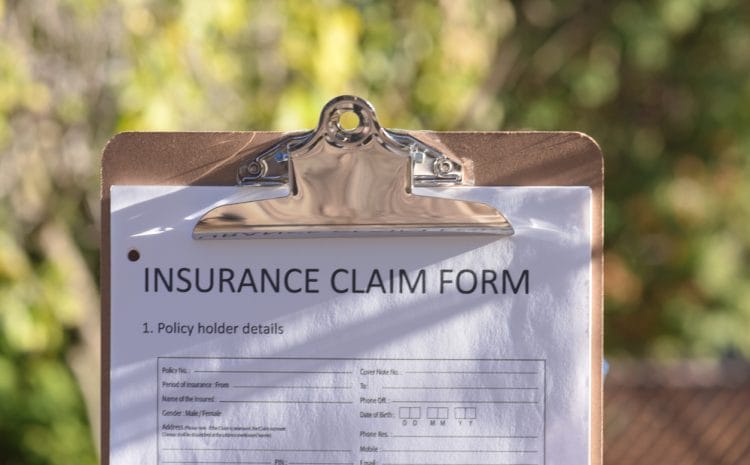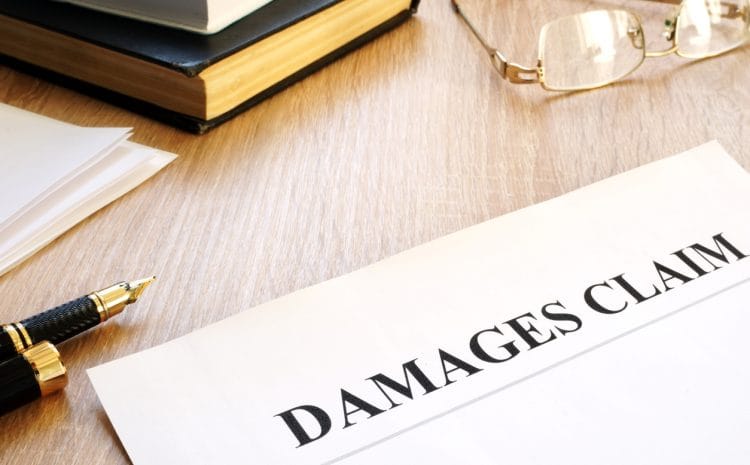How to Prove Fault When Filing a Claim Against a Contractor’s Insurance

Contractors are essential for home repairs, renovations, and new construction—but what happens when their work leads to damage, injury, or financial loss? Homeowners and property owners can hold contractors accountable by filing a claim against contractor’s insurance in Texas. Whether you’re dealing with faulty electrical wiring, water damage from poor plumbing, or structural issues due to negligent work, understanding how to prove fault is key. In this guide, we’ll break down the claim process, your legal rights in Texas, how to gather evidence, and what contractor liability insurance covers.
Understanding Contractor Liability Insurance in Texas
Before initiating a claim, it’s important to understand what contractor insurance actually covers. In Texas, most licensed contractors carry general liability insurance to protect themselves and their clients from costly legal or repair claims.
What does contractor’s insurance cover?
- Property damage caused during or after the job
- Bodily injury to third parties (e.g., guests or neighbors injured by unsafe work)
- Faulty workmanship (in some policies, or through separate endorsements)
- Legal fees for claims and lawsuits
- Completed operations coverage (post-construction problems)
If a contractor’s negligence or error led to your damage, their insurance should step in to compensate you. But proving that fault—and getting the insurer to pay—is another story.
Reference: Texas Department of Insurance – General Business Insurance Guide
Step-by-Step Guide to Filing a Claim Against Contractor’s Insurance in Texas
When something goes wrong, time and documentation matter. Follow these steps to initiate a solid claim and prove liability.
Step 1: Document the Damage Immediately
Begin with clear, dated photographs and videos of all visible damage. Take close-ups and wide shots. If the issue develops over time (e.g., mold from a leak), keep a timeline. Document conversations with the contractor through texts, emails, or written notes.
Step 2: Get an Independent Inspection
Hire a licensed inspector, engineer, or contractor to assess the damage and determine the cause. Their report will provide third-party validation of your claim and may help pinpoint the contractor’s negligence.
Step 3: Request the Contractor’s Insurance Information
In Texas, contractors are legally obligated to provide proof of insurance upon request. Ask for:
- Certificate of Insurance (COI)
- Policy number and provider
- Coverage details
If they refuse or give vague responses, that’s a red flag—and you may need legal support.
Step 4: Contact the Insurance Provider
Once you have the contractor’s policy details, contact the insurance company directly. Provide:
- Your contact and property details
- A detailed explanation of what happened
- Evidence of damage and cause
- Independent inspection reports
Make sure to request a claim number and confirmation that it’s being reviewed.
Step 5: Cooperate With the Claims Adjuster
The insurer will assign an adjuster to investigate the claim. Be honest but firm. Walk them through the damage and provide every document you’ve collected. Your goal is to demonstrate a clear link between the contractor’s work and the resulting damage.
How to Prove Fault When Filing a Claim Against Contractor’s Insurance
Insurance companies won’t pay unless there’s evidence of negligence or breach of duty. Here’s how to build your case effectively.
H3: Establish a Direct Causal Link
You must show that:
- The contractor owed you a duty of care (e.g., to perform work safely and correctly)
- They failed to meet that duty through action or inaction
- Their failure directly caused property damage or financial loss
H3: Examples of Proving Fault
- Example 1: A contractor improperly installs a water heater, which bursts and floods your kitchen. You submit a plumber’s report showing improper installation and photos of the flooded area.
- Example 2: Your newly installed roof leaks within weeks. A roofer’s inspection reveals poor flashing and gaps in underlayment. You file a claim with the contractor’s insurer, citing workmanship defects.
Always use expert reports, warranty documentation, and state licensing standards to validate your claim.
Helpful Resource: Texas Occupations Code – Contractor Regulations
What Contractor Insurance Typically Doesn’t Cover
While contractor policies offer broad protection, not everything is covered. Understanding exclusions helps you know when to escalate.
Common Exclusions:
- Intentional misconduct
- Wear and tear or unrelated issues
- Defects not reported within policy time limits
- Unlicensed subcontractor work
- Damage from acts of nature (unless caused by faulty prep)
If your claim is denied based on an exclusion, a public adjuster or insurance attorney can help review the policy language.
When to Hire Legal or Professional Help
If your claim is delayed, denied, or undervalued, it may be time to escalate with professional support.
Consider hiring:
- A public adjuster: They advocate for you, prepare documentation, and negotiate with the insurer.
- An attorney: If the contractor was grossly negligent or the insurer is acting in bad faith, legal intervention may be necessary.
These experts often operate on contingency, meaning they get paid only if you win your claim.
FAQ: Filing a Claim Against Contractor’s Insurance in Texas
Can I file a claim directly with the contractor’s insurance company?
Yes. Once you obtain the insurance details, you can contact the provider directly and initiate the claim without going through the contractor.
What if the contractor refuses to share their insurance info?
In Texas, reputable contractors are expected to carry insurance and provide proof. If they refuse, report them to the Texas Department of Licensing and Regulation and consult an attorney.
How long do I have to file a claim?
Most policies require claims to be filed within 30–90 days of discovering the damage. Check your contractor’s policy for specifics.
What if the insurance company denies the claim?
You can request a written denial, appeal the decision, and hire a public adjuster or attorney to challenge the ruling.
Do I need to go to court?
Not always. Many claims are resolved through negotiation. Legal action is only necessary if the insurer or contractor won’t cooperate.
Final Thoughts
Filing a claim against contractor’s insurance in Texas doesn’t have to be overwhelming—but it does require clear documentation, solid evidence, and an understanding of how liability policies work. Whether you’re facing water damage, faulty construction, or post-project issues, proving fault is essential to receiving a fair settlement. Start with photos and an independent inspection, then follow through by requesting the contractor’s insurance info and initiating the claim process.
Need Help Navigating a Contractor Insurance Claim in Florida?
If you’re facing denial, delay, or underpayment for contractor-caused damage, don’t go it alone. Visit Contractors insurance claims FL to connect with licensed adjusters who specialize in holding contractors accountable and recovering the full amount you’re owed.



